FEMA FLOODPLAIN MANAGEMENT
It can be challenging managing property in and around floodplain. FEMA floodplain can significantly encumber a property from a physical and real estate perspective. Having FEMA floodplain mapped on your property can make it worth less. It can also make it harder to sell a residential property if even a small sliver of the lot has FEMA floodplain mapped on it because a buyer will be required to purchase flood insurance if they are taking out a mortgage to buy the property. However, there are various tools that can alleviate or eliminate the FEMA floodplain on your property (see below). Contact us if you need assistance on your property.
Below is a short explanation of each type of the most commonly used floodplain management tools:
LOMA - Letter of Map Amendment - This is a document package that describes to FEMA where the floodplain is located on a property by using updated topographic information to correct FEMA’s understanding of where their floodplain is actually located. This tool can only be used when fill has not been utilized to elevate the property out of the floodplain. A LOMA does not need to be submitted to the local floodplain administrator (i.e. city or county) before submitting to FEMA. Once a LOMA is approved by FEMA, it removes the federally mandated requirement for flood insurance. This is a common tool for single residential lots, but it can be used for multiple lots and in some cases for land development projects.
LOMR-F - Letter of Map Revision based on Fill - This tool is similar to a LOMA, but it is used in cases where “fill” has been utilized to raise the property (or a portion of it) above the FEMA floodplain ‘base flood elevation’ (BFE). A LOMR-F has to be approved by the local floodplain administrator (i.e. city or county) before it can be submitted to FEMA for review. Once a LOMR-F is approved by FEMA, it removes the federally mandated requirement for flood insurance. This is a common tool for single residential lots, but it can be used for multiple lots and in some cases for land development projects.
Elevation Certificate - This document can be prepared by a licensed Professional Engineer or Surveyor, but it does not get submitted to FEMA. It is submitted to the lender and (assuming the finished floor is higher than the base flood elevation) typically serves to reduce the flood insurance premium the owner will have to pay on the subject property as compared to the premium that would be charged without an elevation certificate. However, an elevations certificate does not remove the federally mandated obligation for a lender to require flood insurance on a property located in the FEMA special flood hazard area (SFHA) - again, it usually only serves to reduce flood insurance premium.
CLOMR – Conditional Letter of Map Revision - A CLOMR is typically used when floodplain reclamation is proposed for a land development project, and it has to be approved by the local floodplain administrator (city or county) before being sent to FEMA for review. If FEMA approves a CLOMR, they are basically ‘promising’ to approve a post-project as-built LOMR (see below) if the floodplain reclamation (or other modification to the floodplain) proposed in the CLOMR report is actually built in the way that the CLOMR report promised. A CLOMR does not modify the FEMA flood insurance rate map (FIRM) and does not remove any obligation for flood insurance. An example of when a CLOMR might be used is when a potential buyer of a property wants to make sure FEMA will approve of their desired floodplain reclamation before the buyer closes on the property. Another example is when a seller wants to make a piece of property that is encumbered by floodplain more marketable for sale by demonstrating that FEMA has approved a certain amount of floodplain reclamation. A CLOMR is required by FEMA when modifications to the ‘floodway’ are proposed in Zone AE areas and are encouraged when ‘base flood elevation’ will increase more than 1 foot from pre-project to post-project conditions in Zone A areas.
LOMR – Letter of Map Revision - A LOMR can be preceded by a CLOMR but does not have to be. It is also typically only used for land development projects (or city projects). A LOMR is required to document significant changes to the FEMA floodplain such as floodplain reclamation, encroachments on the ‘floodway’, road crossings, stream improvements etc. after construction is complete. If FEMA approves a LOMR, it modifies the FEMA flood insurance rate map (FIRM) as well as removes the federally mandated obligation to pay flood insurance on the portion of land that the LOMR removed from the ‘Special Flood Hazard Area’ (SFHA). A LOMR is the most powerful floodplain management tool available to non-governmental entities.

